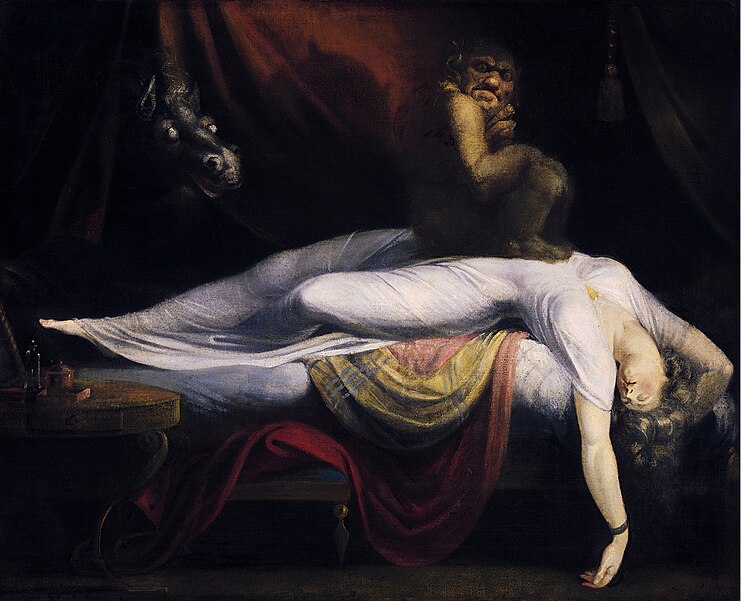August 23, 1973 – Stockholm, Sweden. Two men entered a bank and took four bank workers hostage by gunpoint. The police quickly responded by surrounding the bank but could not act due to concern for the safety of the hostages. The stand-off lasted six days until the police finally negotiated the release of the hostages. During this ordeal, a very strange phenomenon was observed. The hostages had grown emotionally attached to their captors, rejecting rescue attempts and even defending their captors after their freedom. It was clear in subsequent interviews that the hostages had bonded with the criminals, supporting their cause and not minding the fact that they were threatened, abused and were made to fear for their lives. In fact, one woman later became engaged to one of the criminals, while another funded the legal fee for their trials.
Psychiatrist and criminologist Nils Bejerot studied this case and coined the phrase Stockholm syndrome to describe the phenomenon of hostages expressing empathy and sympathy to their captors, leading to bonding with and having positive feelings for them. This seems irrational as bonding is perceived as the product of a positive relationship where two people are loving and caring for each other, not threatening their life. This phenomenon has been well-documented throughout history in hostages, domestic abuse victims, prisoners of war and cult members. One study showed that up to 27% of hostage victims showed evidence of Stockholm syndrome in the U.S.
There are a few explanations for the Stockholm syndrome. The Freudian explanation is that the bonding is an individual’s response to the trauma of being threatened. By rationalising that they are in fact on the same side as the captors, the effect of the trauma is reduced as the victim feels less victimised. Evolutionarily speaking, human beings have always been under the threat of being invaded by a neighbouring tribe or country. This often involved the raping and abduction of women by the aggressors. Victims who would resist and fight back would have more likely been killed (along with their children), while those who responded as per the Stockholm syndrome would have been more likely to survive. It has been observed that the Stockholm syndrome is found more commonly in women.
Stockholm syndrome is a very common feature of human society, found in households in the form of battered-wife syndrome, in groups in the form of hazing and basic military training and in the bedroom in the form of bondage and masochism.



